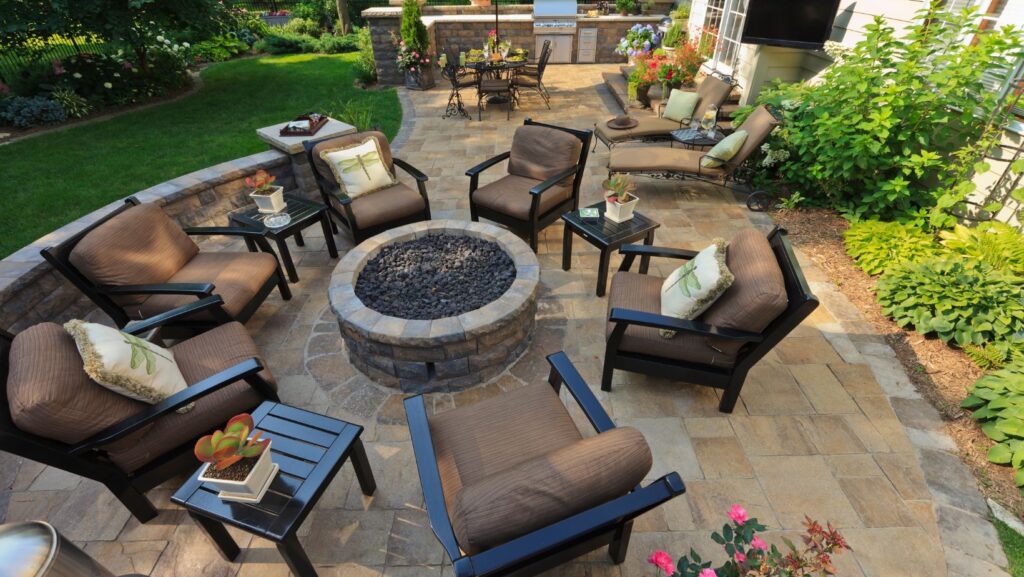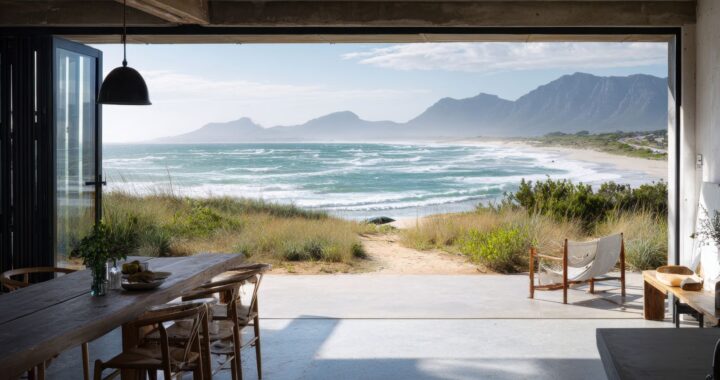How to Plan the Perfect Patio Layout for Any Size Space

The development of lovely and usable patios demands significant effort regardless of how much space you have. The dimension of your outdoor space does not determine your ability to design a layout perfect for your daily life because careful planning eliminates this obstacle. Your patio layout will succeed when you determine its function first before positioning your features according to this purpose. Your patio design process should include careful thought to transform it into a space that blends your indoors with the outdoors to achieve relaxation and guest hosting and outdoor enjoyment.
Understanding the Purpose of Your Patio
The selection of patio furnishings along with design arrangement should begin only after you determine the primary function of your outdoor space. Two different user types exist – one needs a calm reading area and the other wants a social gathering environment. The main purpose of your patio directs all subsequent decisions regarding seating choices while determining the available free space.
Understanding your patio’s main use will simplify the process of finding a suitable layout design. To achieve relaxation experience you would design areas with comfy seating arrangements and small side tables. You should select your primary dining furniture elements to consist of appropriate seating and a dining table for your regular guest count if outdoor dining is your focus. The early identification of your goals will generate efficiency by preventing expensive development mistakes.
Assessing the Available Space
Accurate measurement of your patio space stands necessary for establishing a functional arrangement. The assessment requires dimension notes alongside location information about doors, windows, steps and all fixed elements including grills and built-in seating. Outdoor furniture placement options depend on the current structures and your available walking space determines the space capacity for gathering.
After recording the needed measurements you should prepare a basic floor layout with pen and paper. Before beginning to move heavy furniture you should draw a visual layout to help see different seating arrangements. Adequate traffic flow makes the arrangement more successful so establish easy paths that people can walk through without getting stuck between furniture items.
Choosing the Right Outdoor Furniture
Outdoor furniture has a dominant impact on enhancing both visual appeal and practical usage of your patio area. Your furniture selection choice relies on your planned space usage along with your available room dimensions. A small patio benefits from compact chairs with folding tables alongside storage benches that offer functional double purposes and minimize space congestion.
With more space available for larger outdoor areas you can establish different functional areas that match your furniture arrangements. Your patio equipment should be divided into seating and dining spaces. Adequate area does not remove the need to keep furniture arrangements from becoming too dense. The patio will achieve a warmer welcoming ambiance when you leave spaces empty and improve transitions among different areas.
Incorporating Natural Elements and Accessories
Plants and greenery together with natural accessories will improve both comfort and style on your patio area. Vertical planters combined with small trees and garden planters create functional boundaries which also add natural elements to patio areas. Select garden plants that flourish under local weather conditions and correspond with the sunlight your outdoor area receives.
Patio accessories including outdoor rugs and pictures as well as outdoor lighting fixtures help blend different outdoor room sections harmoniously together. The proper placement of lights will create an ambient atmosphere that extends patio use into nighttime hours but rugs serve to outline seating areas. Products added for decoration must spring from the overall design while avoiding visual overcrowding.
Final Adjustments and Practical Considerations
Review your design setup by testing the space to determine its functionality. The layout requires you to move one chair for enhanced visibility and make room around a table that stands beside a walkway. The path to making your patio perfect requires adapting to necessary changes to achieve a functional outdoor space.
Along with the actual design your patio setup must consider factors like sun protection and weatherproofing as well as how to store things. Small sheds as well as umbrellas or awnings allow you to protect the space to expand its usability across multiple seasons. An environment that brings together planning with creative elements transforms any patio size into an outdoor space people love.

 Blending Luxury with Eco-Innovation in Coastal Regions with Leading Home Builders
Blending Luxury with Eco-Innovation in Coastal Regions with Leading Home Builders  Kdraydink: Unraveling the Fascinating Evolution and Cultural Impact
Kdraydink: Unraveling the Fascinating Evolution and Cultural Impact  Cute00kiara: The Rise of a Digital Star
Cute00kiara: The Rise of a Digital Star